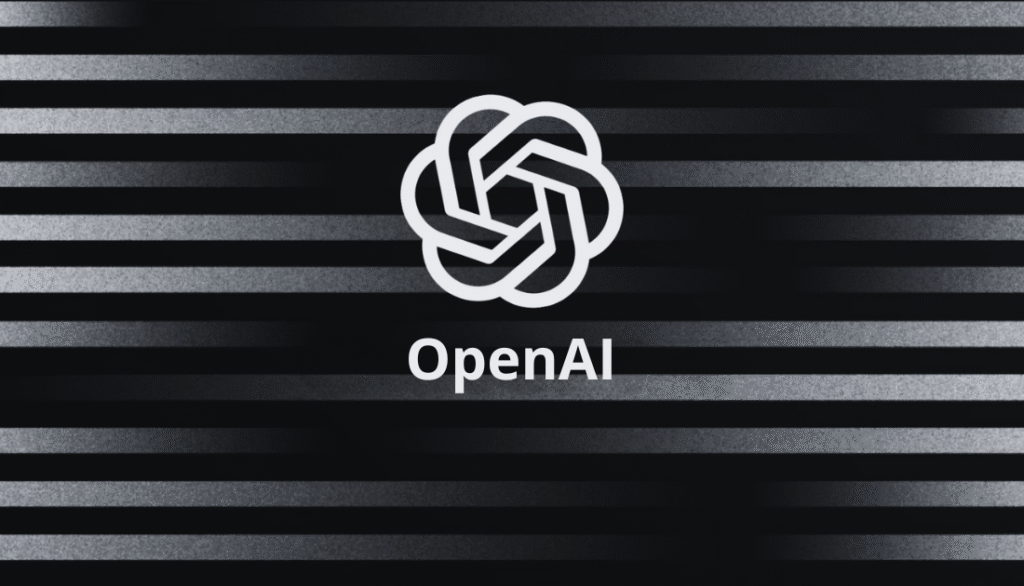OpenAI is experiencing notable growth in enterprise usage across the United States, according to new transaction data from fintech company Ramp.
Highlights
The findings suggest that OpenAI is becoming a preferred choice among businesses integrating artificial intelligence into their operations, outpacing competitors such as Anthropic and Google AI.
Ramp’s AI Index, which analyzes credit card and bill payment data from approximately 30,000 companies, shows a significant rise in OpenAI’s enterprise adoption.
As of April, 32.4% of U.S. companies in Ramp’s dataset were actively paying for OpenAI products—up from 18.9% in January and 28% in March.
In comparison, Anthropic saw a more modest increase in adoption, from 4.6% in January to 8% in April. Google’s AI tools, however, appear to be losing ground, with business subscriptions declining from 2.3% in February to just 0.1% in April.
A Closer Look at the Ramp AI Index
While Ramp’s AI Index provides valuable insight into purchasing trends, it is not a comprehensive view of enterprise AI spending.
The index identifies AI-related expenditures through merchant names and itemized billing descriptions, which can sometimes miss or misclassify transactions—particularly if AI tools are bundled within larger IT service contracts.
Nonetheless, the data offers a useful benchmark for understanding current vendor momentum.
Ramp economist Ara Kharzian noted in a company blog post that OpenAI “continues to add customers faster than any other business” tracked on their platform, indicating a strong trajectory of enterprise growth.
Internal Growth Reflects External Trends
The external transaction data appears to align with OpenAI’s internal reporting. In April, the company announced it had surpassed 2 million paying business users, doubling its enterprise base in just seven months.
According to Bloomberg, this growth could place OpenAI on track to generate $12.7 billion in revenue in 2025, with potential to reach $29.4 billion by 2026.
Despite these revenue projections, OpenAI does not expect to become cash-flow positive until 2029.
To accelerate monetization, the company is reportedly developing premium enterprise solutions—such as domain-specific AI “agents” intended to support complex tasks like software development and scientific research. These tools could carry high deployment costs for enterprise clients.
International Reach and Market Penetration
OpenAI’s enterprise adoption is not limited to the U.S. More than half of its business users are located internationally, with notable uptake in regions such as Germany, Japan, and the United Kingdom.
This global distribution reflects the widespread applicability of its AI tools across industries and borders..
Impact on Workplace Productivity
Survey data collected from 4,700 enterprise users indicates that OpenAI’s tools are driving measurable productivity gains.
- 92% of users reported increased productivity
- 88% experienced time savings
- 75% observed improvements in creativity and innovation
Adoption by Notable Clients
OpenAI’s expanding client base includes a growing list of high-profile organizations. Institutions such as Arizona State University, Moderna, Rakuten, and Morgan Stanley have adopted its AI tools for applications ranging from research to operations and customer engagement.
These partnerships serve as key case studies in the commercial viability of OpenAI’s enterprise offerings.
Competitive Landscape and Market Dynamics
The divergence in adoption rates among leading AI providers highlights the evolving dynamics of the enterprise AI market.
While Anthropic has seen gradual growth, it remains well behind OpenAI. Google’s AI tools have seen a marked drop in adoption, illustrating the challenges established tech companies face in translating infrastructure and brand legacy into AI-specific market share.
As businesses continue investing in generative AI technologies, factors such as product performance, platform usability, and brand trust will play a pivotal role.
OpenAI’s continued focus on enterprise-specific solutions appears to be resonating with decision-makers looking for scalable, high-performing AI tools.


